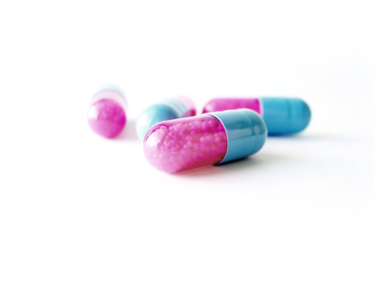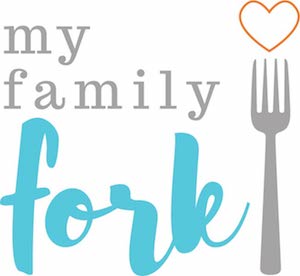
If you or your kids have taken antibiotics, they’ve helped to wipe out the nasty bacteria that were making you sick, but unfortunately they don’t discriminate between the good and the bad. So that can leave your microbiome a little unbalanced. You’ll need to build up those good bacteria again and probiotics and prebiotics are here to help!
Probiotics are live bacteria in fermented foods that will help you repopulate your diminished microbiome. Yogurt and kefir are fermented dairy products that are usually enjoyed on their own or in smoothies. Sauerkraut, kimchi and curtido are fermented cabbage dishes harkening from Germany, Korea and El Salvador, respectively. They’re usually side dishes but don’t let that stop you from just digging in with a fork! Natto, tempeh and miso are fermented soy products. Natto is not on my favorite food list, it must be an acquired taste. Tempeh is wonderful and versatile, try it in a stir fry or on a sandwich. Miso is a paste used to make a wonderful broth that might be just the ticket while you’re on the road to recovery!


Next—prebiotics. Prebiotics are like food for the good bacteria. They are certain fibers found in foods. You’ll find them in fruits and vegetables, like bananas, mango, apples, onions, garlic, carrots and tomatoes. They’re in grains, like wheat and quinoa, in legumes, and in seeds like flax and chia. To really boost your gut health and to restore and maintain a healthy population of bacteria, try to eat sources of both probiotics and prebiotics every day.
Last, variety is important. Probiotic foods will contain various strains of bacteria and other microorganisms, so to really optimize the health of your microbiome, try to eat a variety of foods containing probiotics. In the same way, prebiotic foods will each contain different fibers beneficial to sustaining your microbiome, so try to eat a variety or prebiotic foods as well.
What are your favorite probiotic foods? Have you tried anything new lately? Share with us in the comments below, we always love to hear from you!


